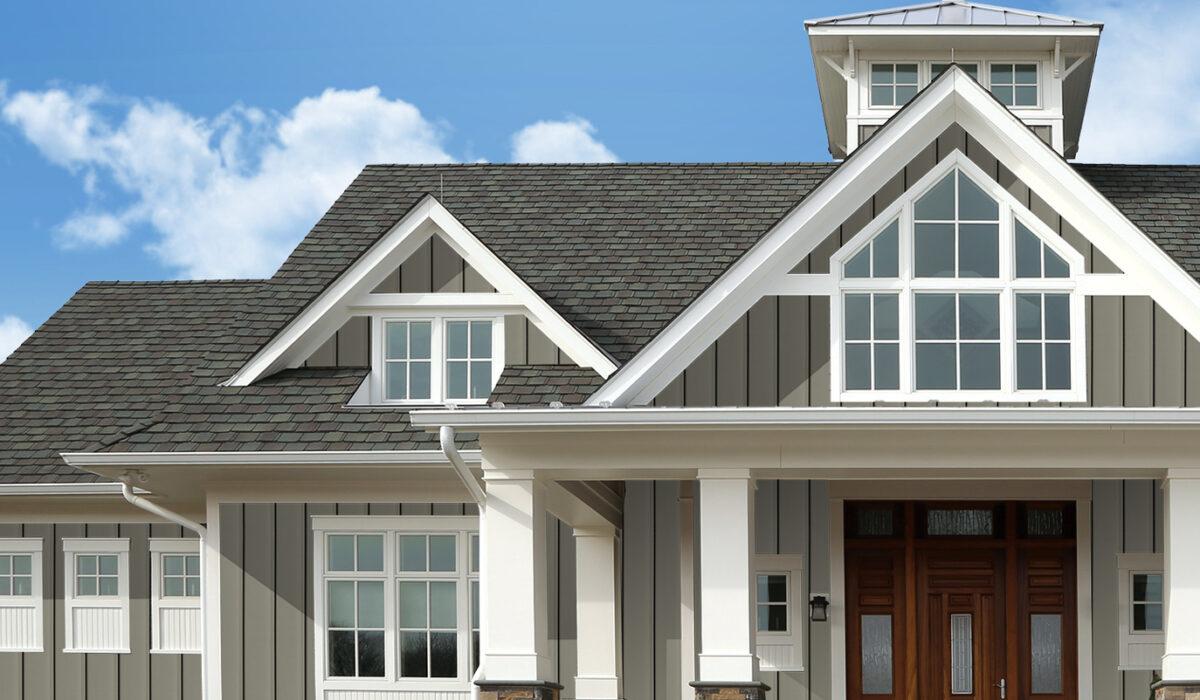- By Bella Blog
- Siding
- 0 Comment
Explore the fascinating history of siding materials and how they have evolved over time.
The Origins of Siding
Siding has been used for centuries as a protective covering for buildings. The origins of siding can be traced back to ancient civilizations, where people used various materials to shield their homes from the elements. In ancient Egypt, for example, mud and straw were used to create a type of siding known as adobe. This durable material provided insulation and protection against the harsh desert climate.
As civilizations advanced, so did the materials used for siding. In ancient Greece, wood became a popular choice for siding due to its availability and versatility. Wooden planks were used to create protective layers on the exterior of buildings, offering both aesthetic appeal and functionality. The use of wood as siding continued throughout the Middle Ages and into the Renaissance, with different styles and techniques emerging in different regions.
During the Industrial Revolution, new siding materials began to emerge. The invention of steam-powered machinery allowed for the mass production of materials like brick and stone, which were then used as siding for both residential and commercial buildings. These materials offered increased durability and longevity compared to earlier options.
In the 20th century, advancements in technology and manufacturing processes led to the development of new siding materials. Aluminum siding became popular in the mid-1900s due to its lightweight nature and resistance to rust and corrosion. This material provided a low-maintenance alternative to traditional wood siding.
Today, the options for siding materials are vast and diverse. From traditional choices like wood and brick to modern alternatives like vinyl and fiber cement, homeowners have a wide range of options to choose from. The evolution of siding materials continues to this day, with ongoing research and development focused on creating even more durable, sustainable, and aesthetically pleasing options.
The Rise of Vinyl Siding
One of the most significant developments in the history of siding materials is the rise of vinyl siding. In the 1950s, vinyl siding was introduced as a cost-effective and low-maintenance alternative to traditional siding materials. It quickly gained popularity among homeowners due to its durability, versatility, and affordability.
Vinyl siding is made from polyvinyl chloride (PVC), a synthetic material that is resistant to moisture, rot, and insects. It can be manufactured in a wide range of colors, textures, and styles, allowing homeowners to achieve the desired aesthetic for their homes. Additionally, vinyl siding requires minimal maintenance – it does not need to be painted, stained, or sealed like other materials.
The rise of vinyl siding revolutionized the siding industry, making it accessible to a wider range of homeowners. Its affordability and durability have made it a popular choice for residential and commercial buildings alike. However, it is important to note that vinyl siding is not without its drawbacks. It can be prone to cracking, fading, and warping over time, especially in extreme weather conditions. Despite these limitations, vinyl siding remains a popular choice for many homeowners due to its cost-effectiveness and low maintenance requirements.
The Eco-Friendly Revolution: Sustainable Siding Options
In recent years, there has been a growing interest in eco-friendly and sustainable building materials, including siding options. Homeowners are increasingly seeking materials that are not only durable and aesthetically pleasing but also environmentally friendly.
One of the most popular sustainable siding options is fiber cement. Made from a combination of cement, sand, and cellulose fibers, fiber cement siding offers the look of wood siding without the drawbacks. It is highly durable, resistant to rot, insects, and fire, and requires minimal maintenance. Additionally, fiber cement siding is made from renewable and recyclable materials, making it a sustainable choice for environmentally conscious homeowners.
Another sustainable siding option is reclaimed wood. Reclaimed wood siding is made from salvaged wood from old buildings, barns, or other structures. By repurposing this wood, homeowners can reduce waste and give new life to materials that would otherwise be discarded. Reclaimed wood siding offers a unique and rustic look, adding character and charm to any home.
Additionally, there are siding materials available that are made from recycled materials, such as recycled plastic or metal. These materials help reduce waste and minimize the environmental impact of siding production.
As sustainability continues to be a priority in the construction industry, more innovative and eco-friendly siding options are likely to emerge. From bio-based materials to advanced insulation technologies, the future of siding is focused on reducing environmental impact while still providing the necessary protection and aesthetics for buildings.
The Modern Era: High-Tech Siding Materials
With advancements in technology, the siding industry has seen the emergence of high-tech materials that offer enhanced performance and functionality.
One example of a high-tech siding material is insulated vinyl siding. This type of siding is designed with a layer of foam insulation attached to the back, providing improved energy efficiency and thermal performance. Insulated vinyl siding helps reduce heat transfer through the walls, resulting in energy savings and increased comfort for homeowners.
Another high-tech siding material is engineered wood siding. This type of siding combines the natural beauty of wood with advanced manufacturing techniques to create a highly durable and low-maintenance product. Engineered wood siding is made from wood fibers, resins, and binders, resulting in a material that is resistant to rot, insects, and warping. It offers the look and feel of real wood without the maintenance requirements.
Additionally, there are high-tech siding materials available that incorporate advanced coatings and finishes, providing increased durability and resistance to fading, cracking, and weathering. These materials are designed to withstand extreme weather conditions and maintain their appearance over time.
The use of high-tech siding materials not only improves the performance and longevity of buildings but also enhances the overall aesthetics. Homeowners can choose from a wide range of colors, textures, and styles to achieve the desired look for their homes.
As technology continues to advance, it is likely that more high-tech siding materials will be developed, offering even greater performance and functionality.
The Evolution of Siding Materials
The evolution of siding materials has been driven by a combination of factors, including advancements in technology, changes in architectural styles, and the need for more durable and low-maintenance options.
Throughout history, siding materials have evolved from simple mud and straw to high-tech synthetic materials. The focus has shifted from purely functional purposes to include aesthetics, energy efficiency, and sustainability.
Today, homeowners have a wide range of options when it comes to siding materials. Traditional choices like wood and brick continue to be popular, while newer options like vinyl, fiber cement, and metal offer increased durability and versatility.
The evolution of siding materials is likely to continue as new technologies and materials are developed. From innovative coatings and finishes to bio-based materials, the future of siding is bright and exciting.
The Future of Siding: Innovations and Trends
Looking ahead, the future of siding is expected to bring about new innovations and trends that will further enhance the performance, aesthetics, and sustainability of siding materials.
One area of innovation is the development of bio-based materials. These materials are made from renewable resources, such as agricultural byproducts or plant fibers, and offer a sustainable alternative to traditional siding materials. Bio-based siding materials are biodegradable, carbon-neutral, and have a lower environmental impact compared to their synthetic counterparts.
Another trend in siding is the integration of smart technology. Smart siding materials can be designed with built-in sensors and systems that monitor and regulate the temperature, moisture levels, and energy usage of a building. This technology can help improve energy efficiency, reduce heating and cooling costs, and enhance the overall comfort of a home.
Additionally, there is a growing interest in modular siding systems. These systems consist of pre-fabricated panels that can be easily assembled and installed, reducing construction time and waste. Modular siding allows for greater design flexibility and customization, giving homeowners the ability to create unique and modern facades for their homes.
As sustainability and energy efficiency continue to be key considerations in the construction industry, it is likely that future siding materials will focus on these aspects. From innovative insulation technologies to solar-powered siding panels, the future of siding is expected to be both environmentally friendly and technologically advanced.
Bella Blog
Welcome to Bella Construction & Developement Inc., where excellence meets affordability in the realm of construction services.

